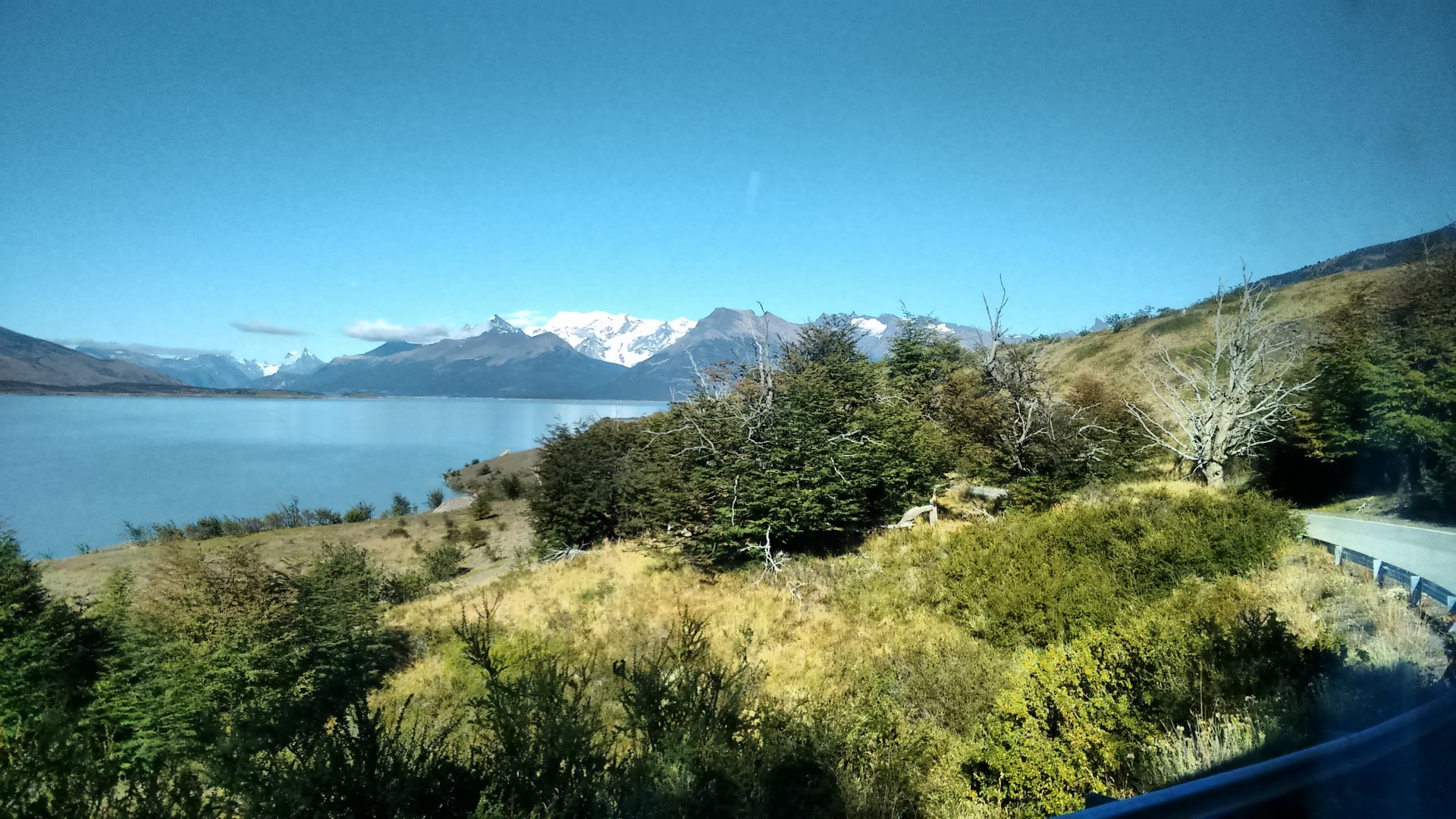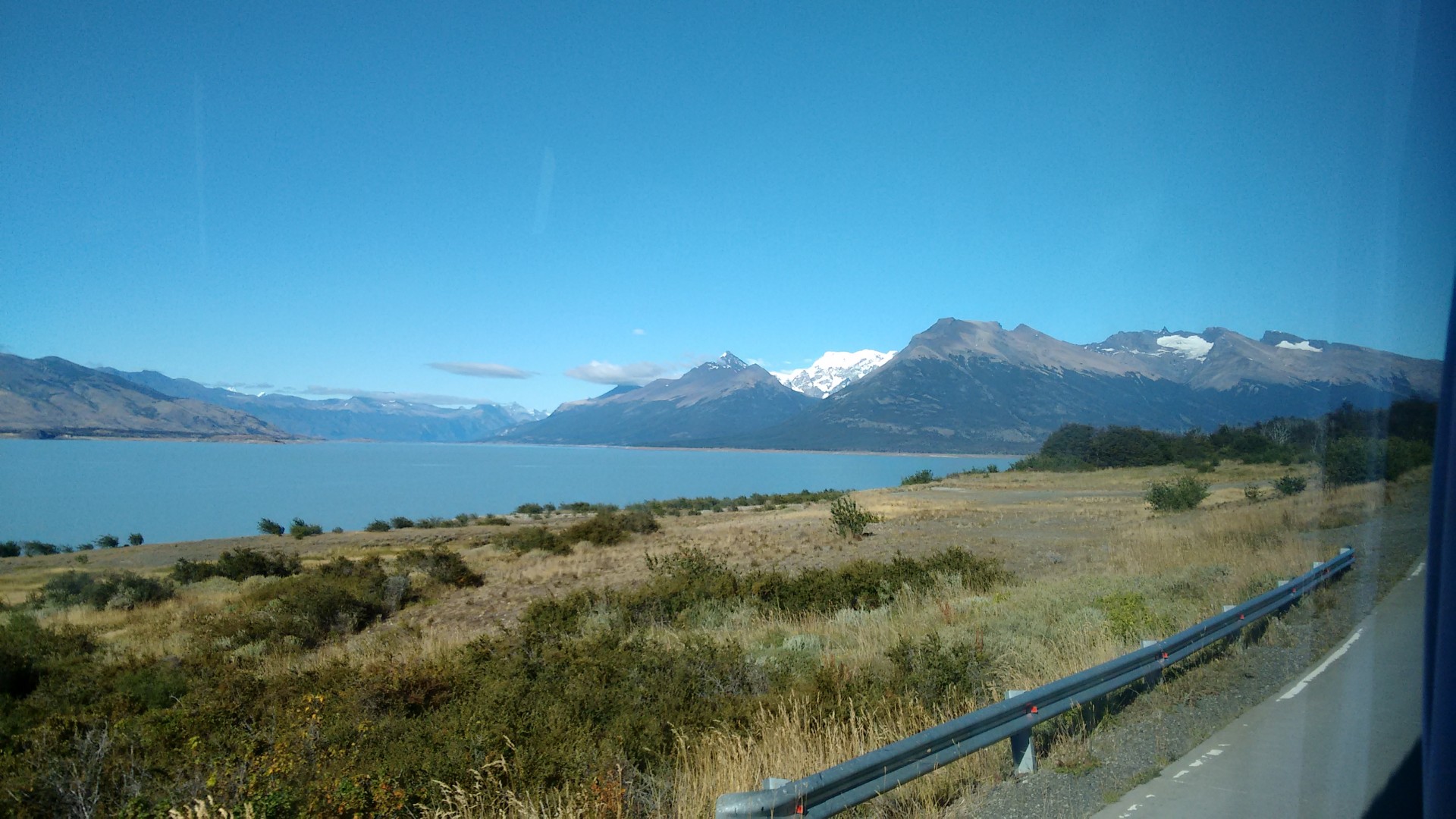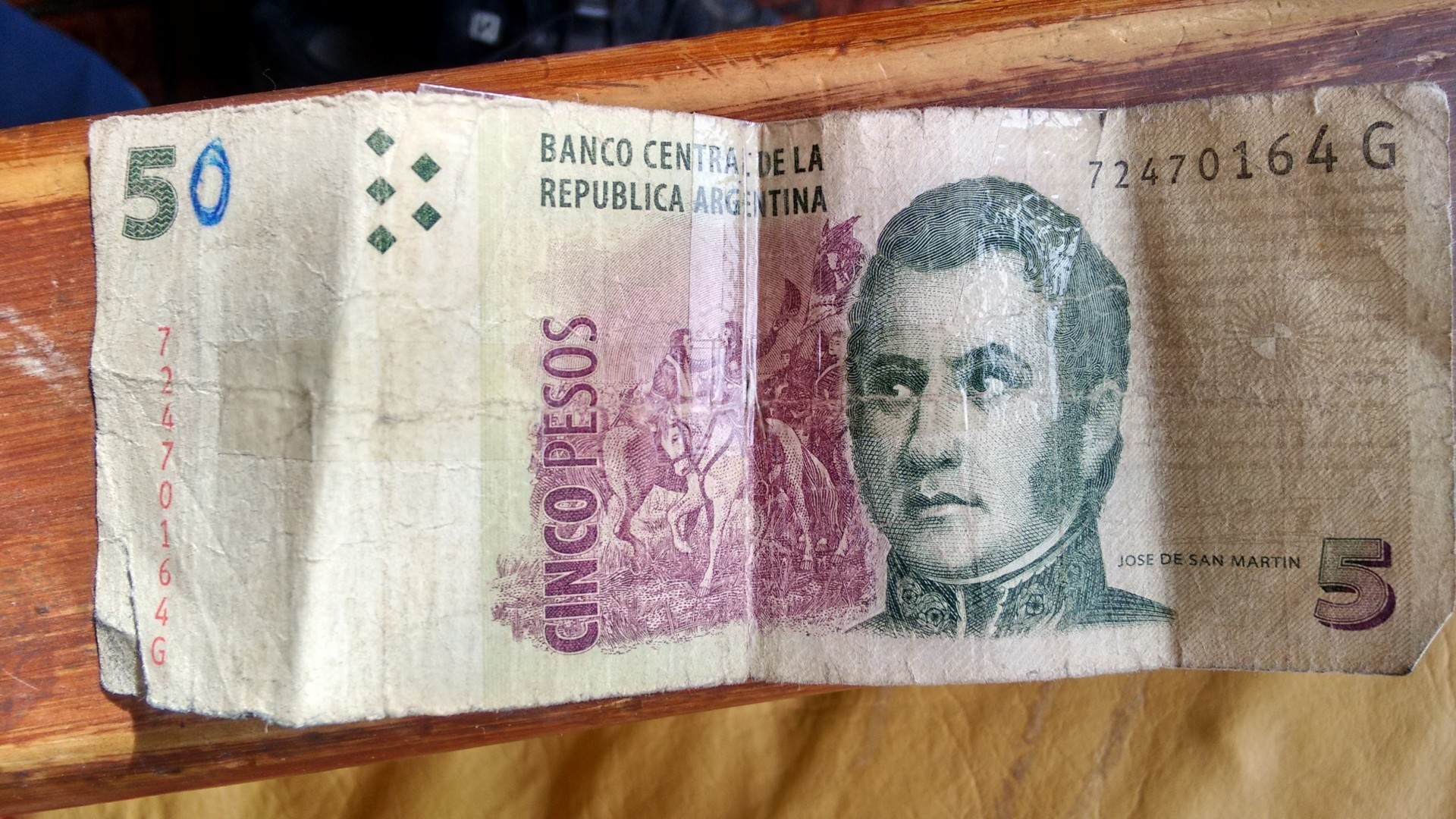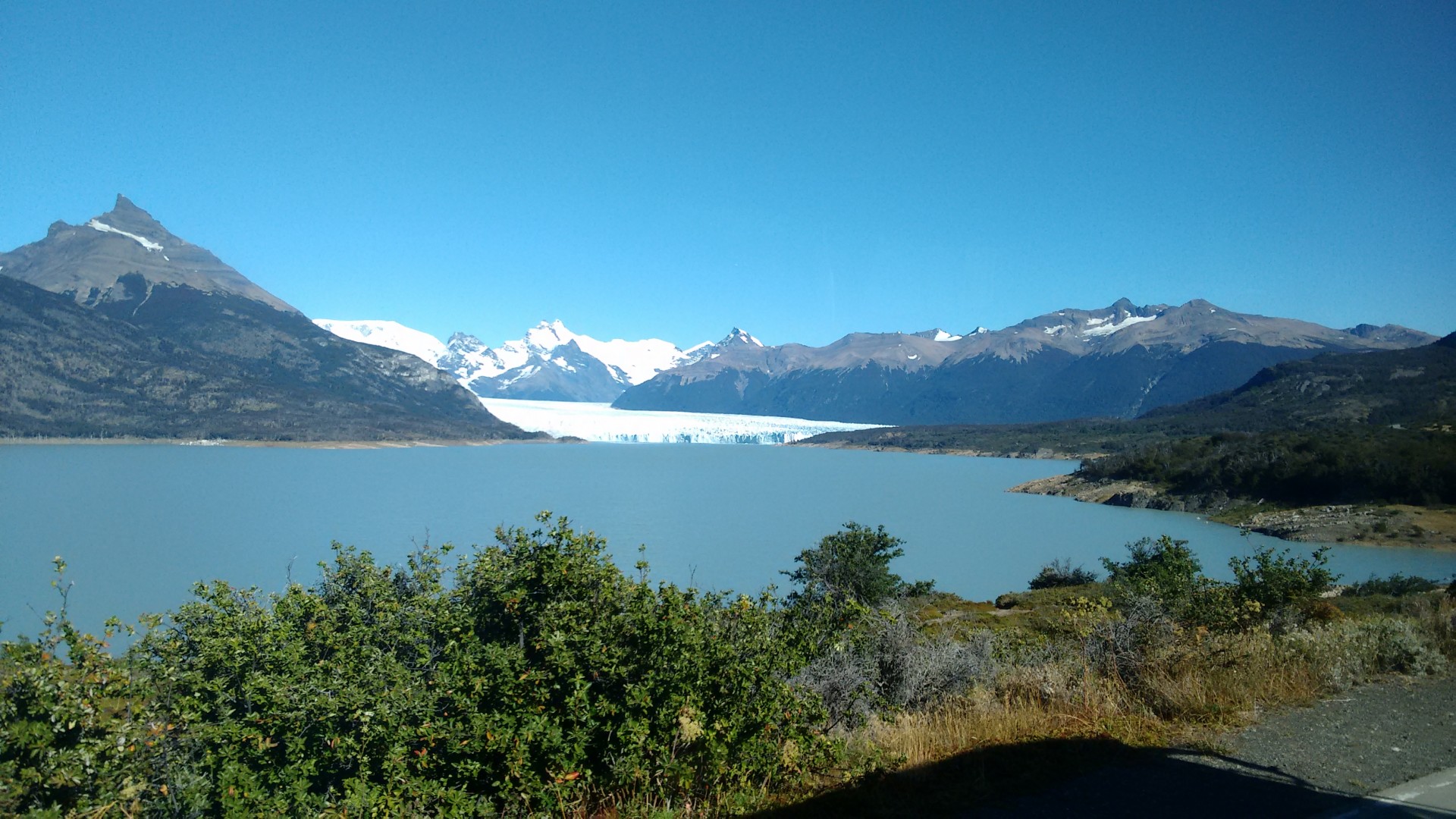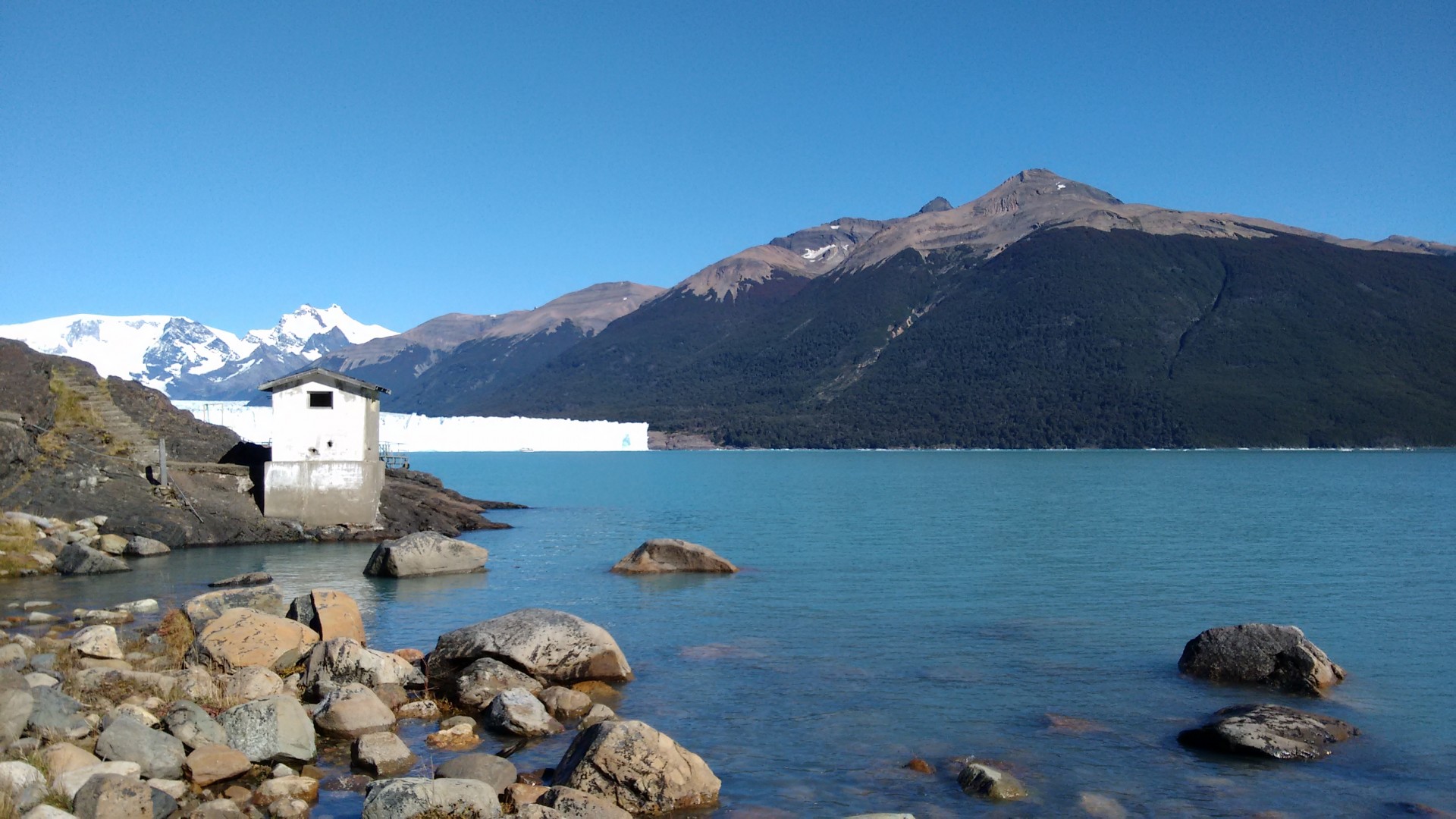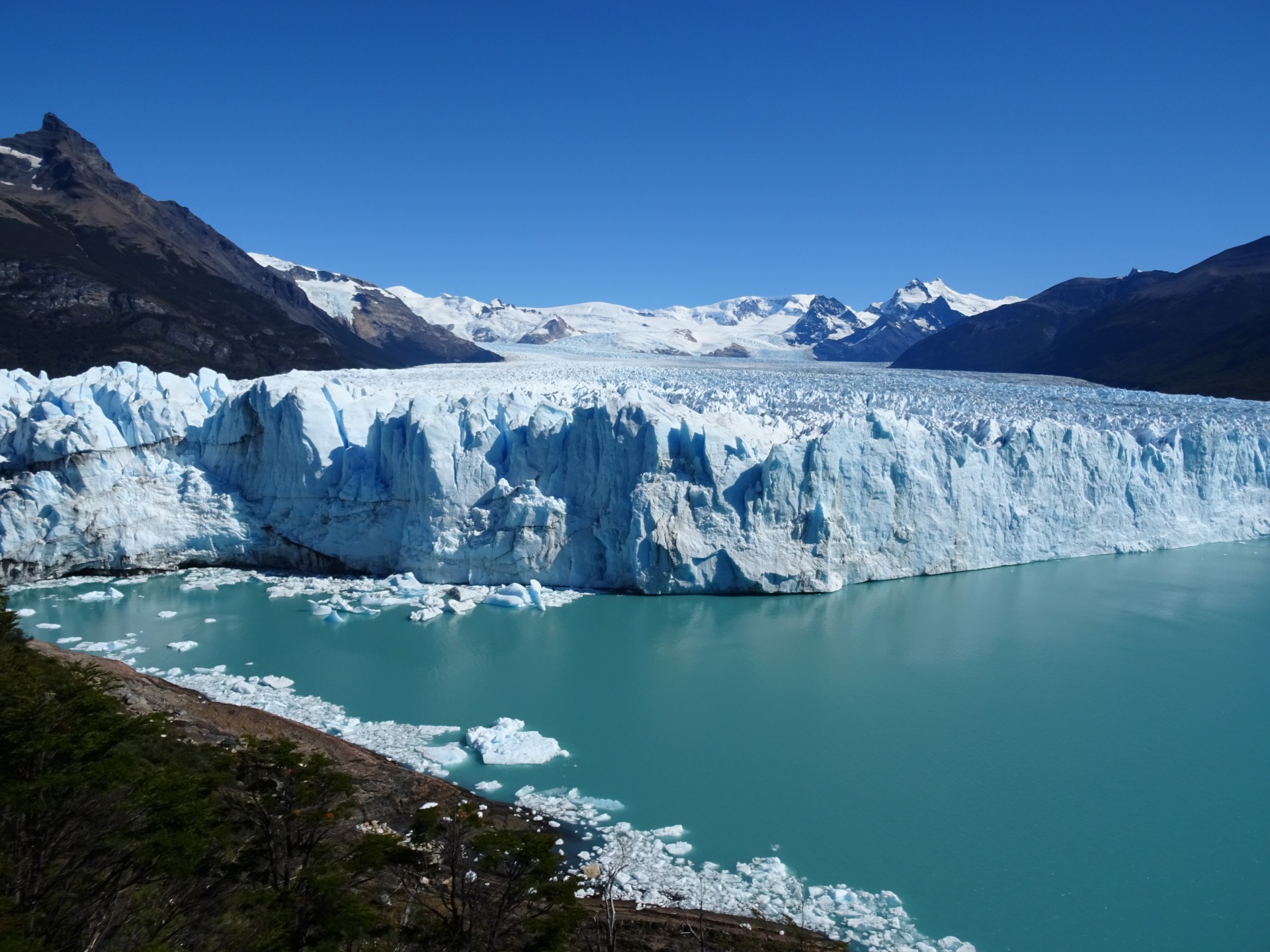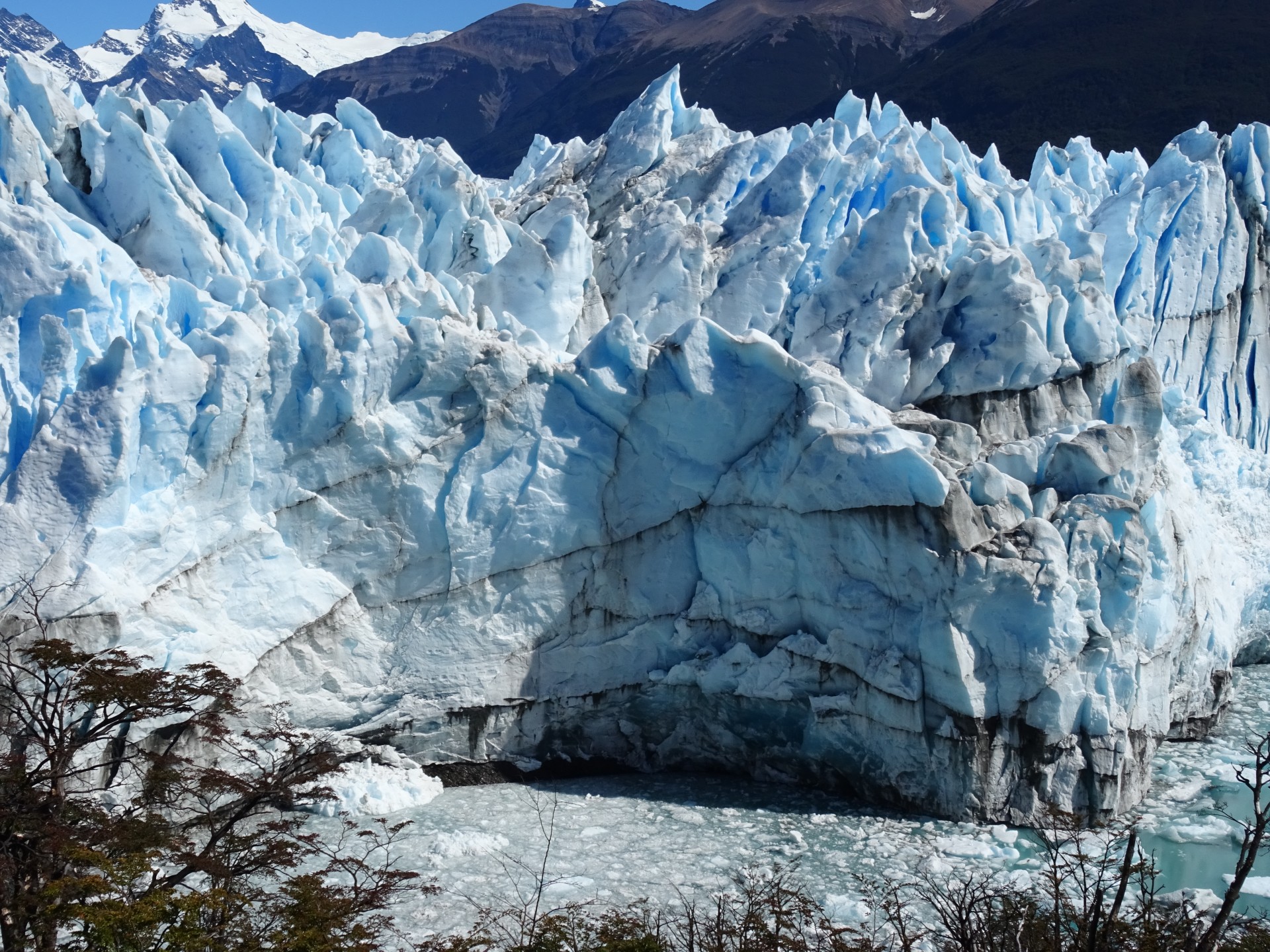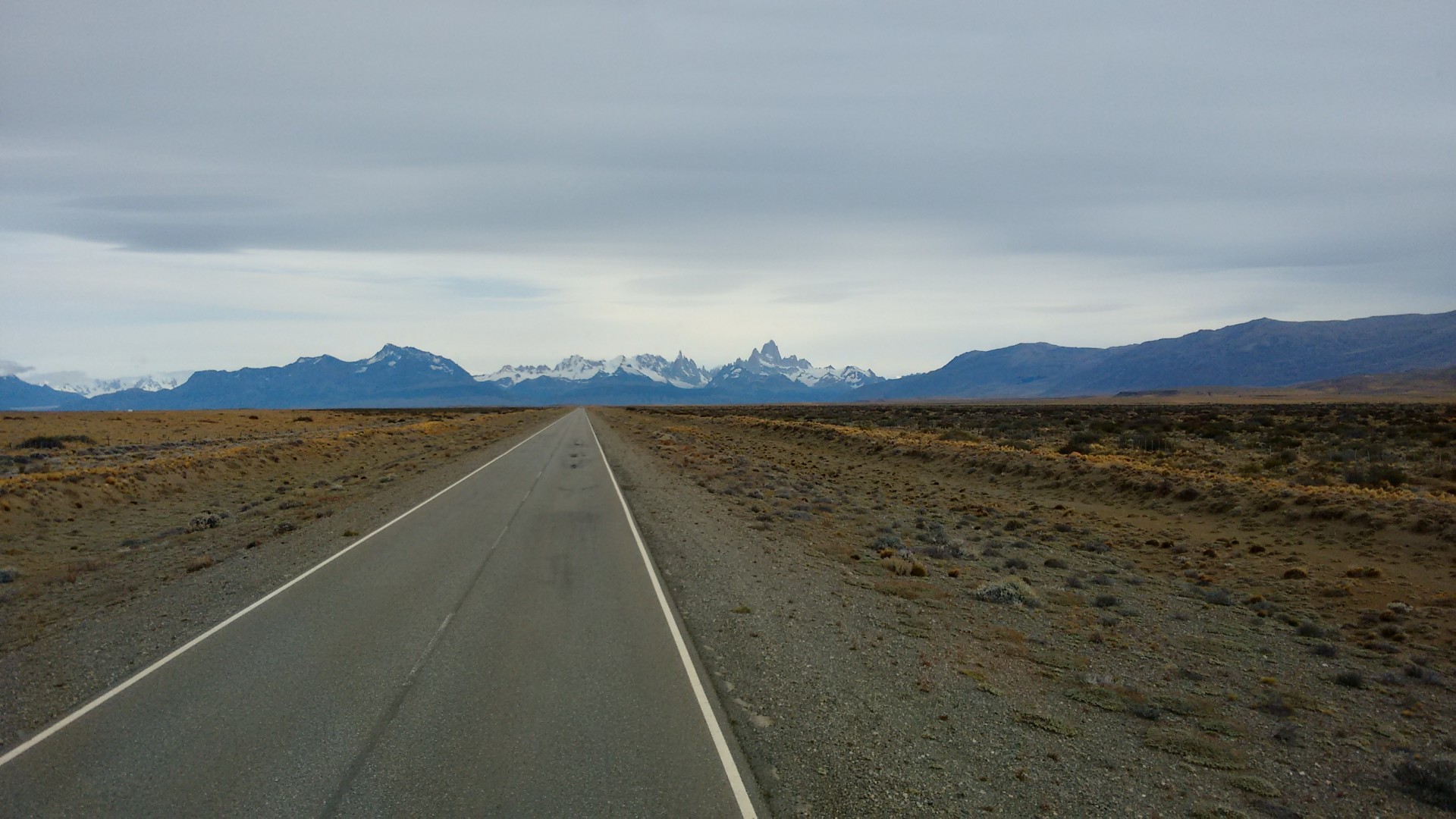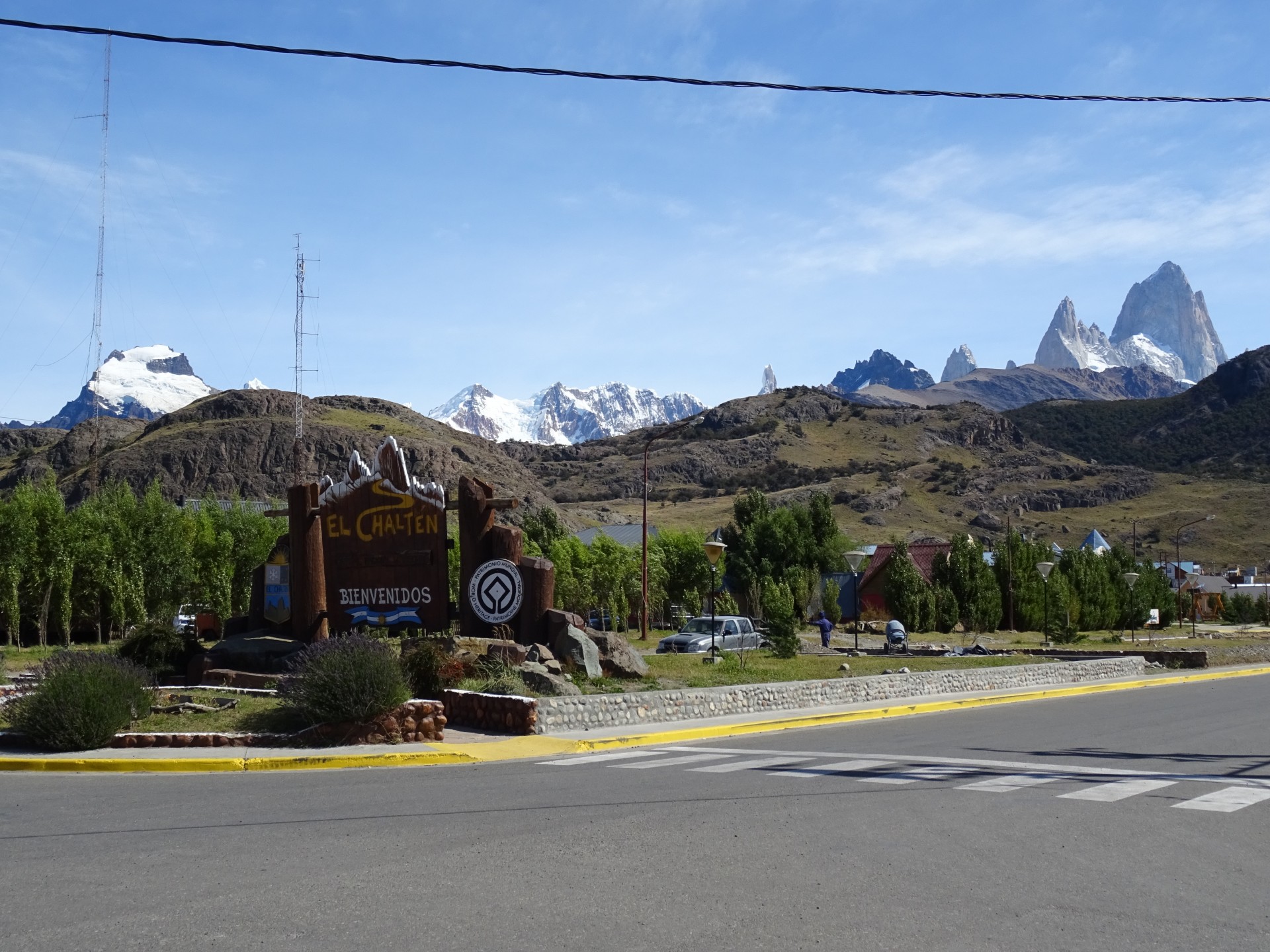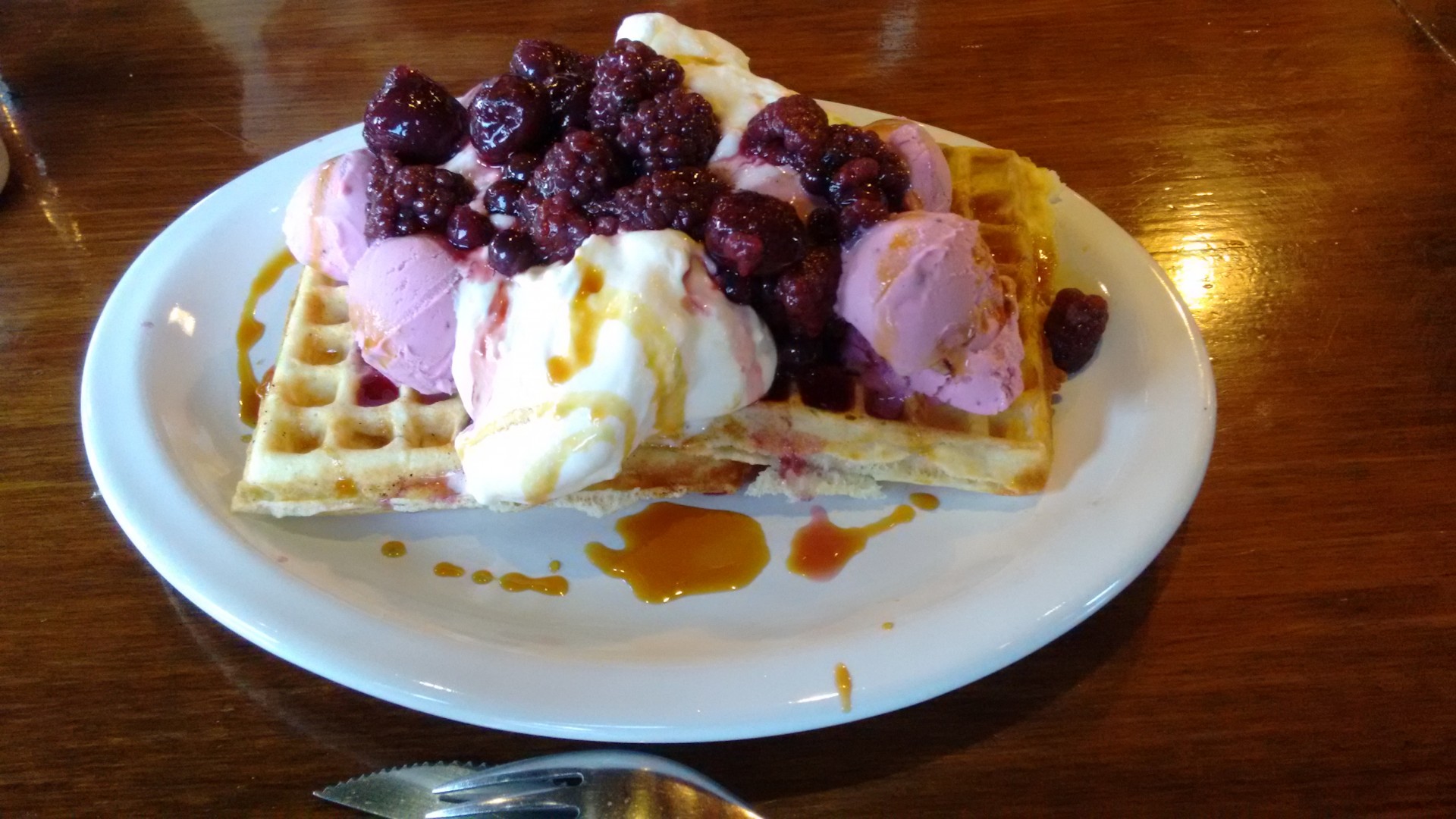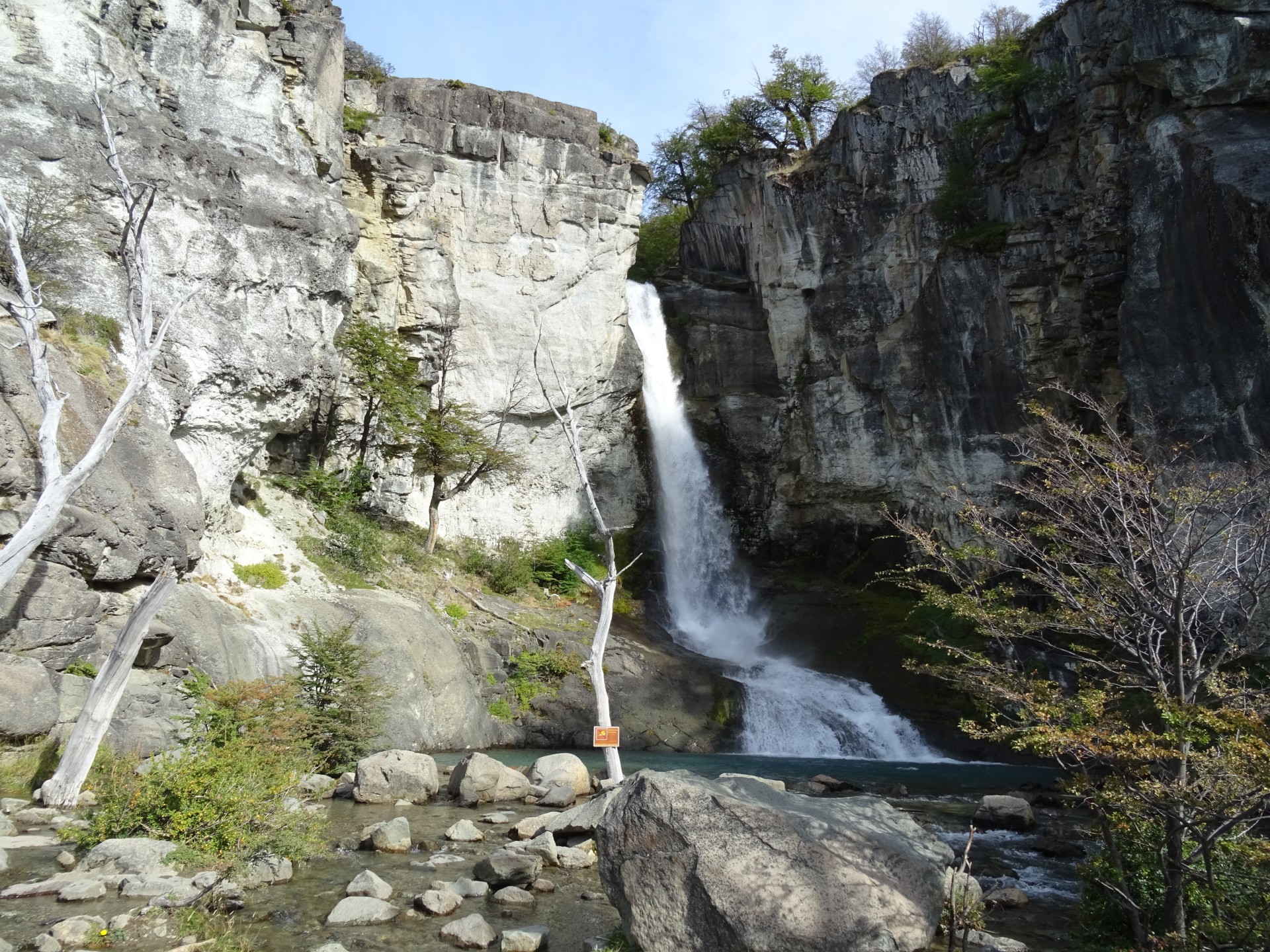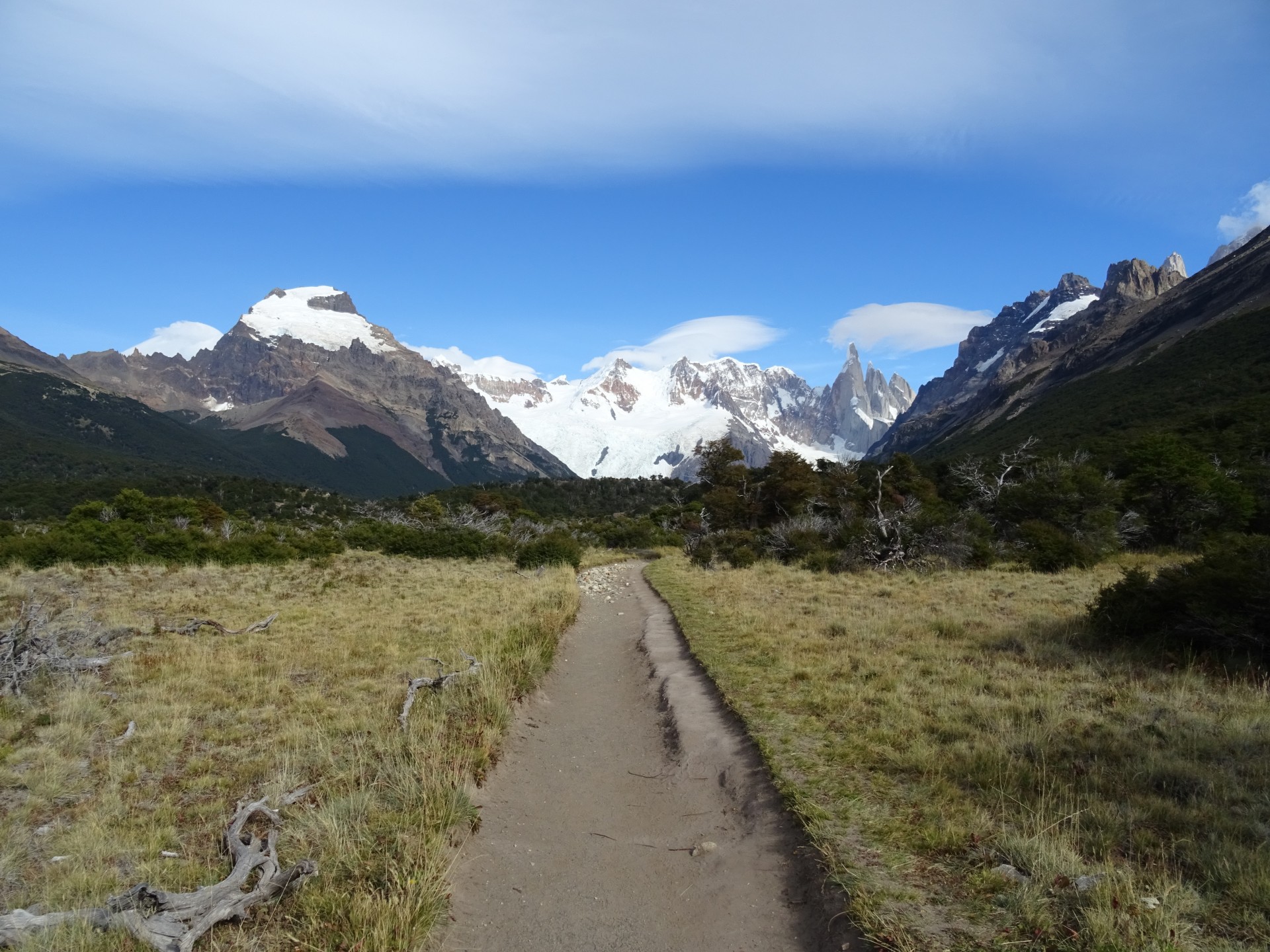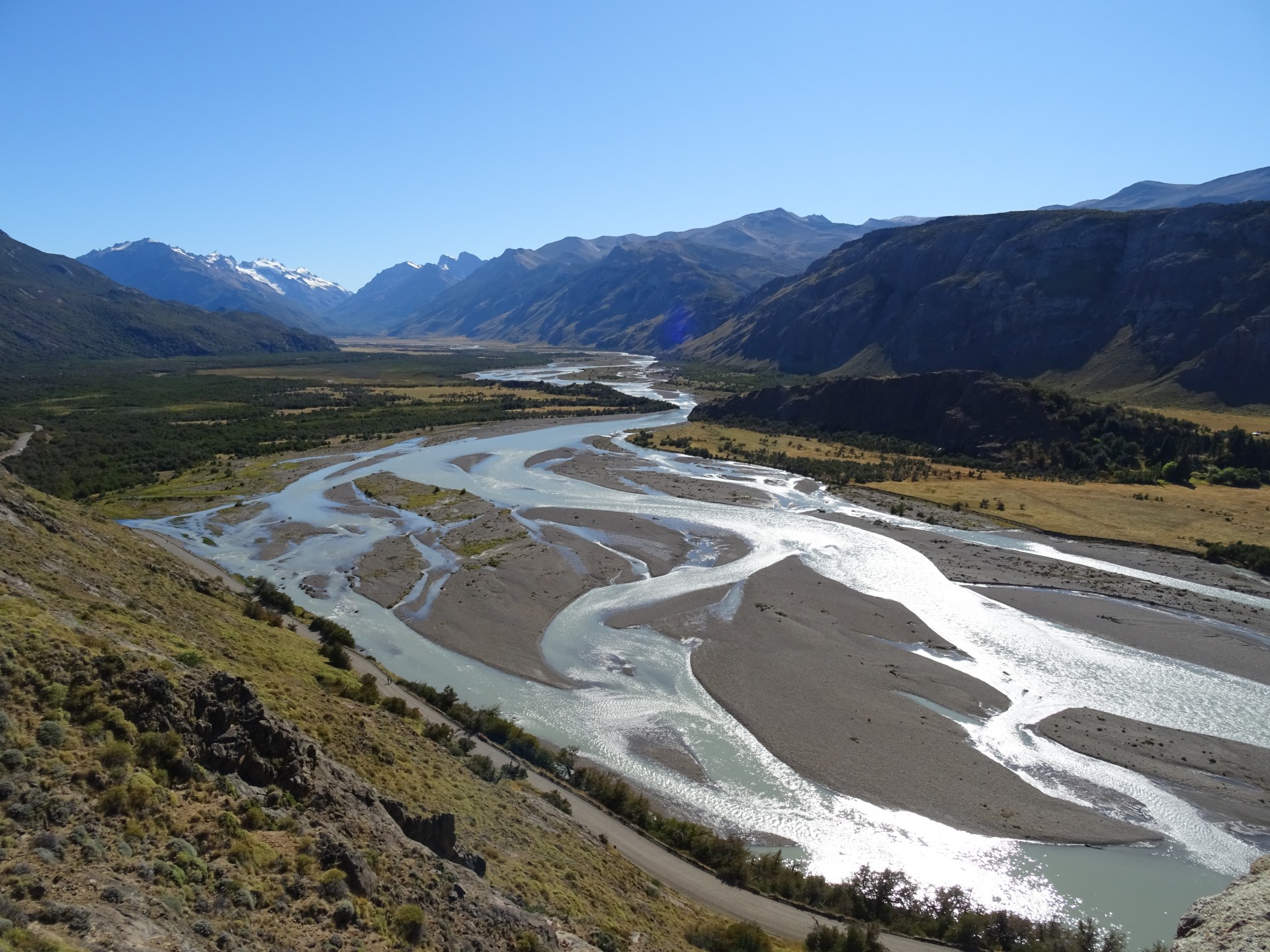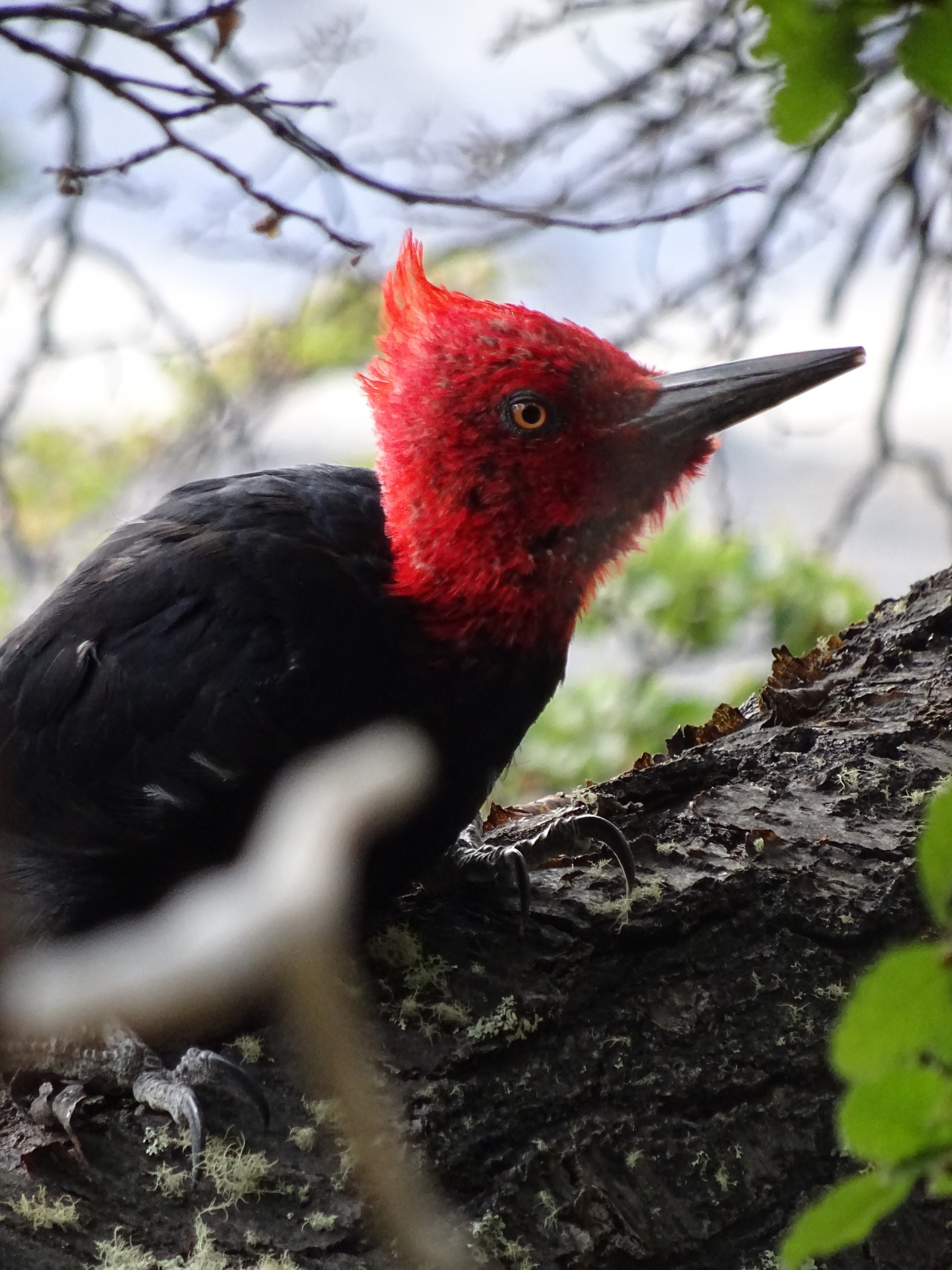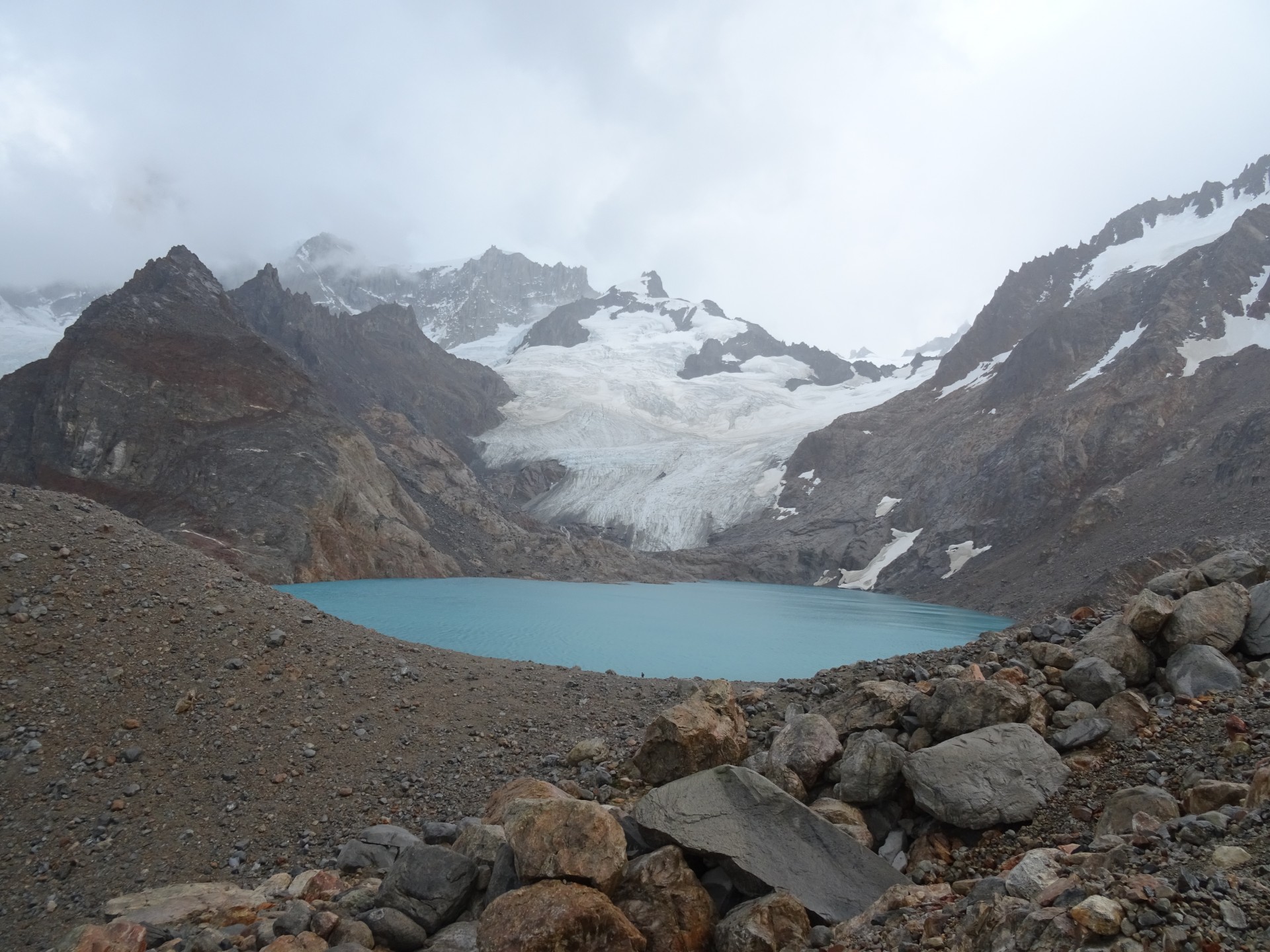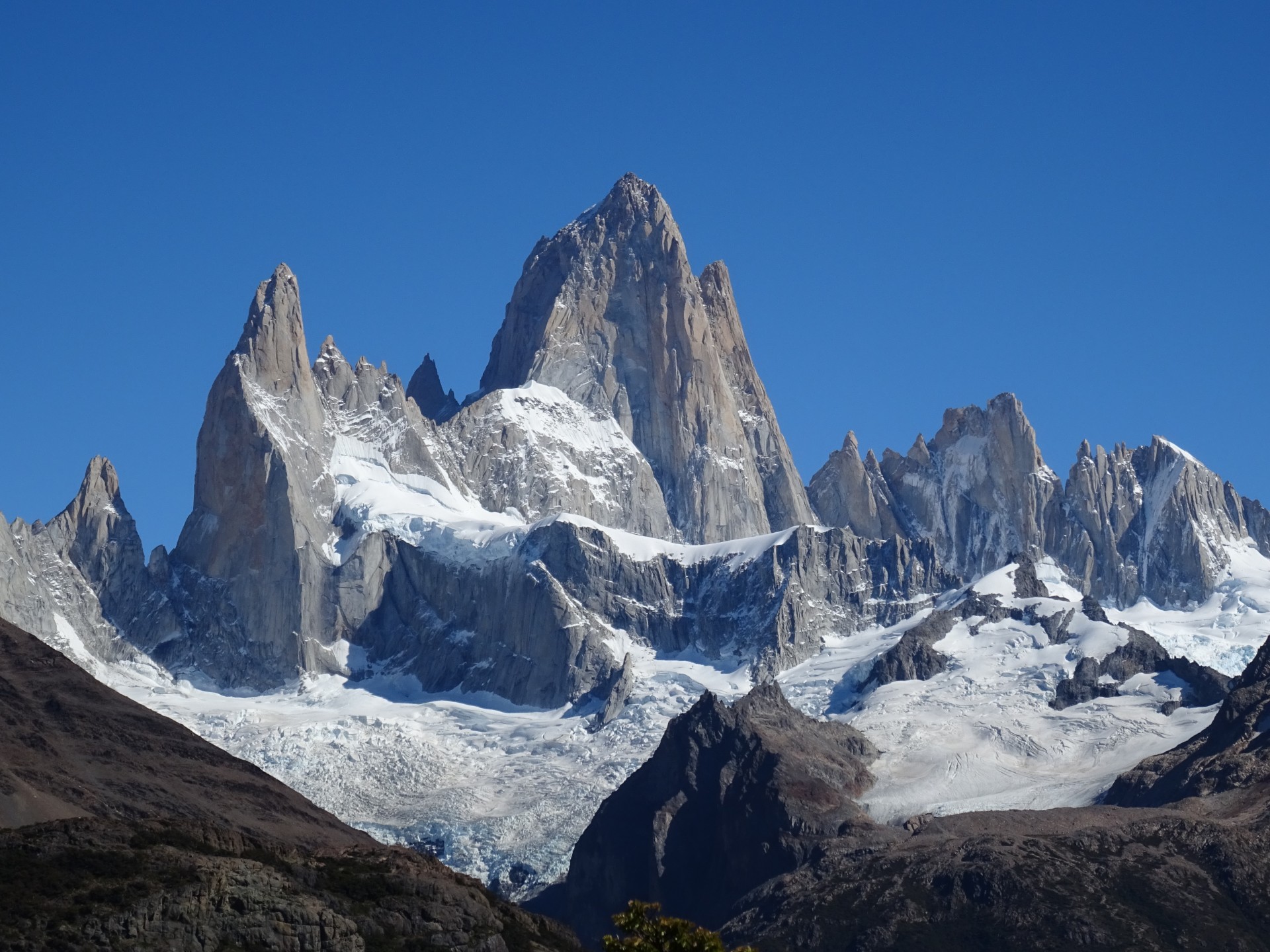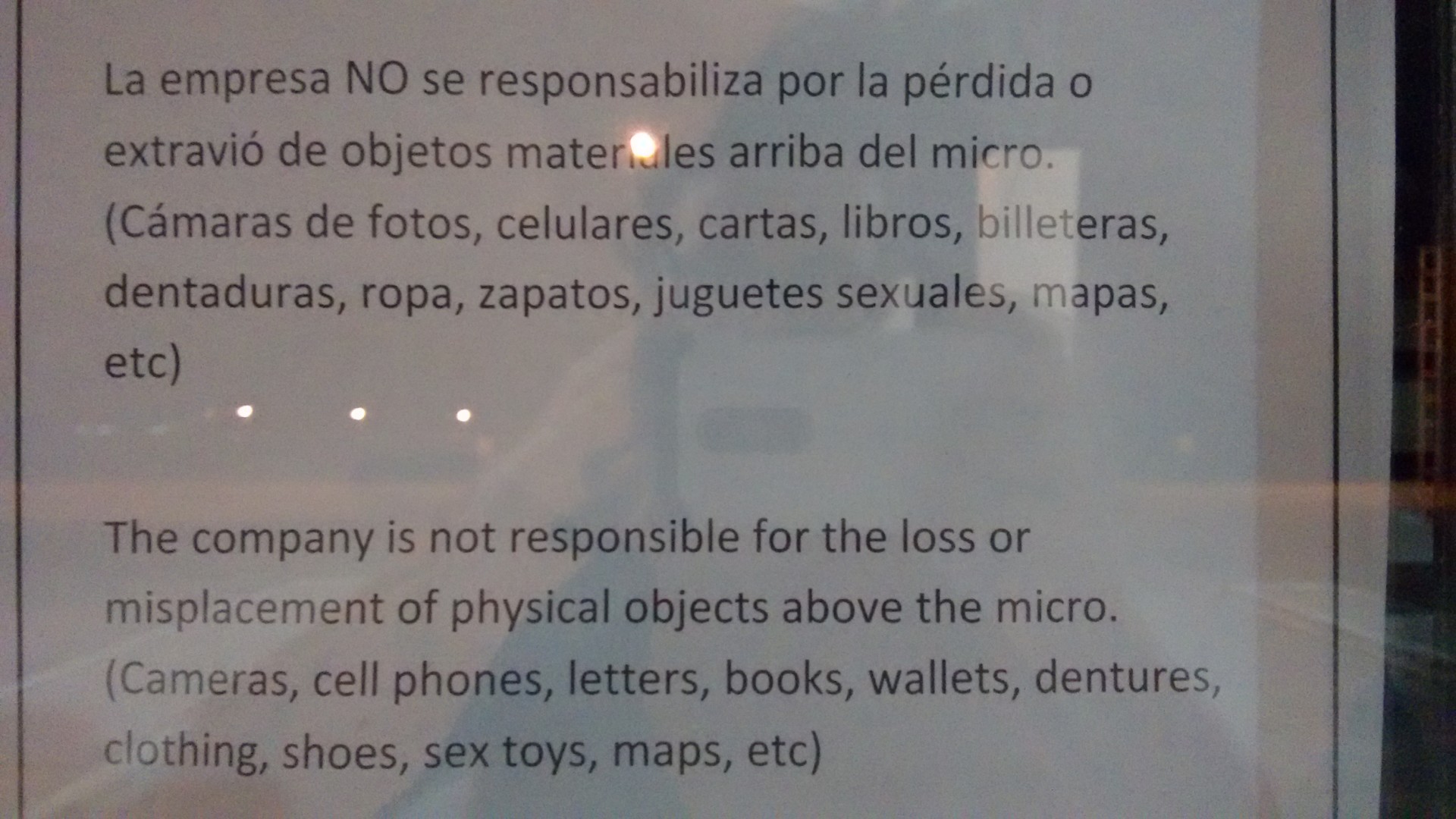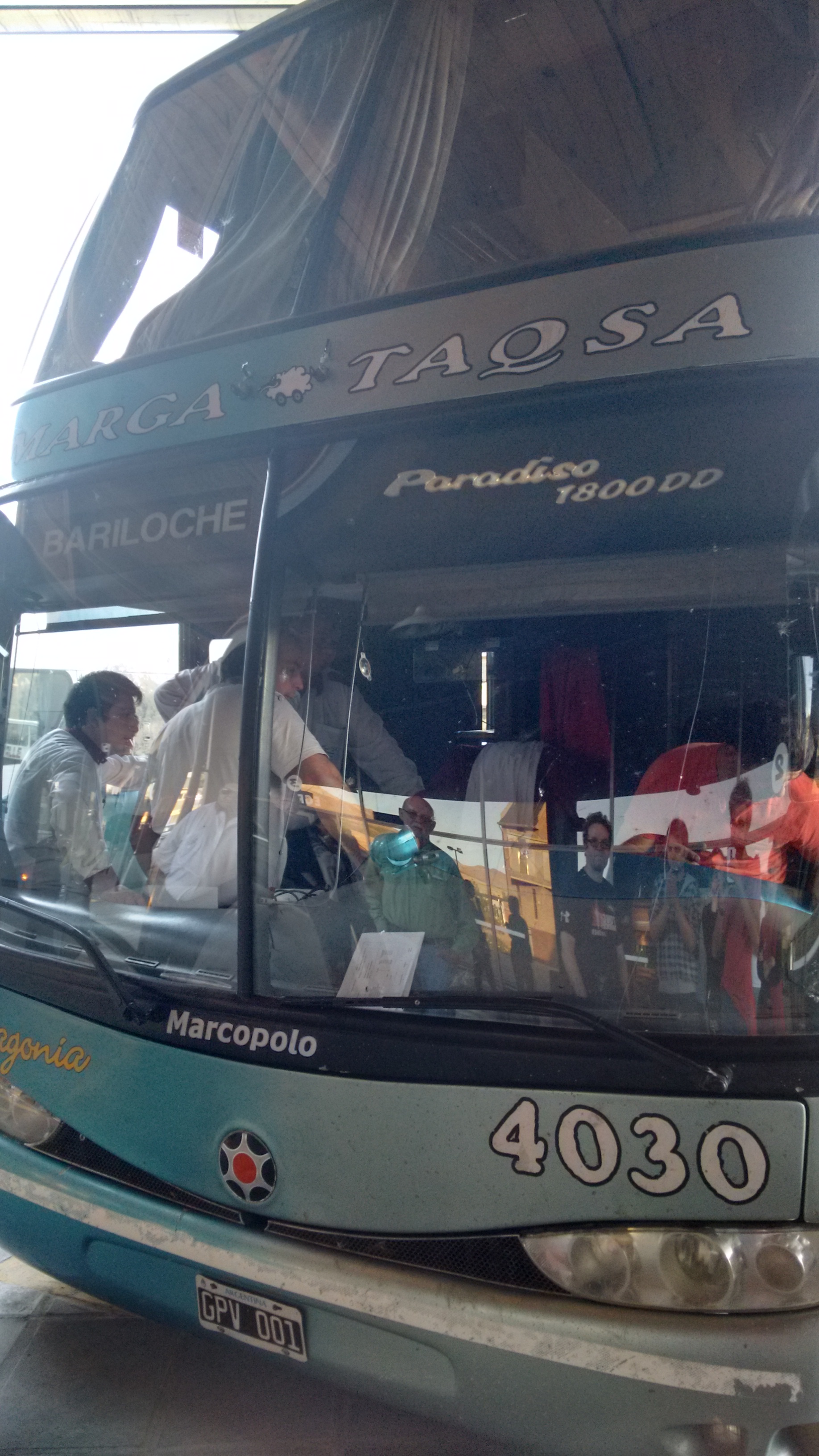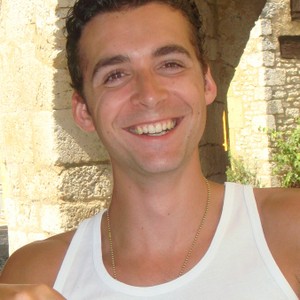Friday 04th March 2016 –
We returned to fanfare. Or maybe it was Yari and his ability to mix up our names. He was only talking to me for four days before he met my dad. It was good enough though, and we had showers and soap and shampoo and towels and food and two giant burgers once more. It was a good return. I was satisfied.
Only, it didn’t carry on like this. Come midday the next day, my stomach was cramping. By 2PM I was in serious pain. It took till about 5 or 6 to make myself sick, a trick about standing in the shower I remember from somewhere, and by midnight I’d gotten the last out. In retrospect, a short lived illness, but still incredibly painful.
Somewhere along the line, a Chilean girl in the hostel, Pamela, decided to help out. She bought me Gatorade, swapped bunk with me so I could be on the bottom, and was generally kind – something that doesn’t always happen when you’re sick while travelling. I was groggy and somewhat out of it when I left, so it probably didn’t come across too well, but I thank her.
I recovered well, other than a lingering tiredness, and it was a good job too, as we’d already booked our bus to El Calafate. A simple enough trip, about six hours, but with the customary slow border crossing. While there, we overheard that other people had been sick too – possibly something in the water. Oh, and I dropped my earphones too. The awesome, still working ones I’d had about two years before I even left. I was pissed.
El Calafate itself is very much tourist town. Its primary purpose appears to be catering to the tourists who fly in here, with trekking gear shops, expensive food and tour agencies. That, and ferrying people back from Puerto Natales to the south, for Torres del Paine, El Chalten to the north, for more trekking, and El Calafate’s own prime attraction – the Perito Moreno Glacier.
Billed as one of the few glaciers on this planet that are actually growing, it advances up to two metres a day, resulting in a lot of activity. The front stretches across the confluence of a river and a lake, every so often growing so quickly so as to attach to the peninsula on the other side, blocking all flow. Until the pressure collapses it, of course. It’s a decent attraction. It’s also just one of dozens of glaciers in the Parque Nacional los Glaciares.
After a day of rest, looking around El Calafate and buying new earphones (very important), we took the bus to the glacier. Somehow, we’d managed to pick a glorious day, and even before we’d reached the glacier, the park was stunning. As we angled round one bend, we saw it for the first time. I say we, my dad was asleep.
My dad and I were dropped off at the end of the boardwalk, and slowly made our way around. That’s actually all there is to do there, but every few metres gave a slightly sifferent angle, and a new view of a piece of ice that you thought might fall. Every time we turned away a thump would be heard, and we’d have missed a little piece falling. By little, I mean probably the size of a large boulder.
All day we wandered around, identifying bits we wanted to fall, and watching other parts dribble into the water. What we really wanted though, was a giant splash – A really big block to go, and while we joked that it wouldn’t happen till we left, eventually Perito Moreno succumbed to pressure.
A giant block, maybe half the glacier high (so about 25 metres) carved off right in front of our eyes. We watched with glee as it submerged itself, and waves were sent in every direction. Typically, there was a furore. “I missed it! I missed it!” a middle aged American woman cried. “No you didn’t, you saw it, you just didn’t take a photo!” her older friend replied. Exactly so, we were just happy to have seen it at all.
It was time to go after this, though, and it was time to leave El Calafate. More trekking beckoned from the village of El Chalten.
Thursday 10th March 2015 –
Once more, we continued bumping into the same people over and over again. The French guys from Torres del Paine (my dad also met them in El Calafate when flying in), a Swiss girl met in the same places, and many others. It’s a strange feeling, as my route has mostly meant I head in a different direction to others. It’s definitely on the tourist trail down here.
Still, El Chalten is a lovely little village. It feels much more accessible for hiking here than the likes of Torres del Paine – there’s no having to bus hours to the national park – you’re in it – and just about all the popular hikes can be done as day hikes, meaning a warm bed and half decent food awaits you at the end. Showers and shops are found in abundance, while even internet can be found, on occasion. The pace is just easier here, and without the worries of having a hostel booked for when you get back in seven or eight days, life seems calm.
It was also beautifully sunny. We took advantage of this on our first day, trekking up to Laguna Torre, the dlightly easier of the two most popular walks. Heading uphill toward the mountains, the path flattened off after reaching the mirador and from there was an easy, lounging walk to the lake. There are great views of the spiked Torre from here, and it was nice just to sit around while eating some cherries we’d bought from a guy in the street. Tellingly, almost everyone else we saw was doing the same.
We ate out the whole time we were in El Chalten, being that our hostel was pretty big and didn’t really provide a lot of kitchen space. Pizza, burgers, steak, pancakes – all the traditional foodstuffs – but we did finally get some Patagonian lamb, and it was tasty. Well worth the extra money. Typically, whatever we ate, I was always hungry afterward. There was a solution though – The Wafleria. Waffles with almost everything you could want, sweet or savoury. Waffles with dulce de leche, waffles with chocolate icecream, chocolate sauce and more chocolate, waffles with fruit icecream and loads of fruits and waffles with bacon and egg. I ate there just about every day.
I would at least leave it till after the walk though. My dad was feeling his knee a bit the next day, so we called off Fitz Roy and went to the Chorrilla Salto, a nice waterfall outside of town, instead, and to the two miradors just outside the other side of town. One looked over the barren plains, straight into Argentina and over Lago Viedma, while the other over El Chalten itself. This, in particular, was spectacular – the sun, river and mountains all around.
We decided at this point not to do any camping, which would mean not doing any of the hikes further out. We felt it would be silly to put my dad’s knee under the pressure of a large rucksack again, and while it narrowed our options, it did clear up our plans a bit. More disappointingly for me though, we also made the decision not to go up the Carretera Austral, the Chilean road running through 1200km of Patagonia. I had really wanted to cross the border to Villa O’Higgins and travel along at least the most sourthern and inaccessible portion of the route. To get off the tourist trail again, and take in a few of the less visited, and possibly more interesting sights, like Caleta Tortel. Alas, it’s notoriously difficult to predict transport on the southern Austral (in the high season, buses from towns maybe once or twice a week) and we were entering shoulder season now. A lack of information available everywhere we asked, and my dad’s limited timescale, meant we would take Argentina’s Ruta 40 instead, up to Bariloche.
We set off for Laguna de Los Tres the next day, the viewpoint for Fitz Roy, the highest mountain in the area. The weather didn’t look so great, and this made me grumpy. Of course, there was good reeason we hadn’t gone the previous day, but the weather had been good!
It took me till the top of the first bit of hill to shake this off, where we encountered some woodpeckers. Four, in fact, one of them with a bright red head. They weren’t the slightest bit botheres by us – far too intent on hammering holes in the tree – but even when they flew off, my mood had been lifted.
Meanwhile, the clouds hadn’t, and actually continued to get worse. From Laguna Capri, we could see nothing. From the flatlands before the last climb, we could see nothing. And after completing the last, steep 400m ascent, through howling winds and soaking, cold rain, and arriving at Laguna de Los Tres, we could still see nothing. Los Tres obviously referred to our three friends who welcomed us so joyously, cloud, wind and rain. We didn’t spend long, and quickly zoomed back in an attempt to warm up.
It was not over though. Our bus would leave the next evening, but as I woke late from my slumber the next day, it was blatant the weather had turned. Another descent was not wanted for my dad, but I was determined to see Fitz Roy properly, so I set off. I bossed it up, knowing I didn’t have time to go the whole way, but just to actually see it properly. And I did. Despite repeating the walk, I was happy, and had stretched my legs before the bus. Things looked good.
We stood later, at the bus station, crying. Crying due to two signs. The first was bus prices to Bariloche from the 10th. 1200 pesos. It was the 8th, and we’d paid 2000 pesos. The other stated what the bus company wouldn’t be liable for on the top of a bus. You know, the standard things – cameras, phones, books, dentures. Hang on, that’s a little odd. “Dad, look at this”. Then I read the rest of it. If you’re planning on taking sex toys on the bus guys, remember, the bus company won’t be responsible for any loss. Just in case.
It was twenty-six hours to Bariloche all in all. Through barren desert Patagonia, broken up by small wooded towns like Los Antiguos and Gobernador Costa. I felt bad about skipping through such a large part of this land, but had to tell myself it would allow for more time elsewhere. The patches of random trees in the middle of nowhere are what fascinated me most – presumably shrouding some remote farm or somesuch – but how do they grow when the rest around is desert? Who decides that this particular bit of barren ground is a good place to hunker down?
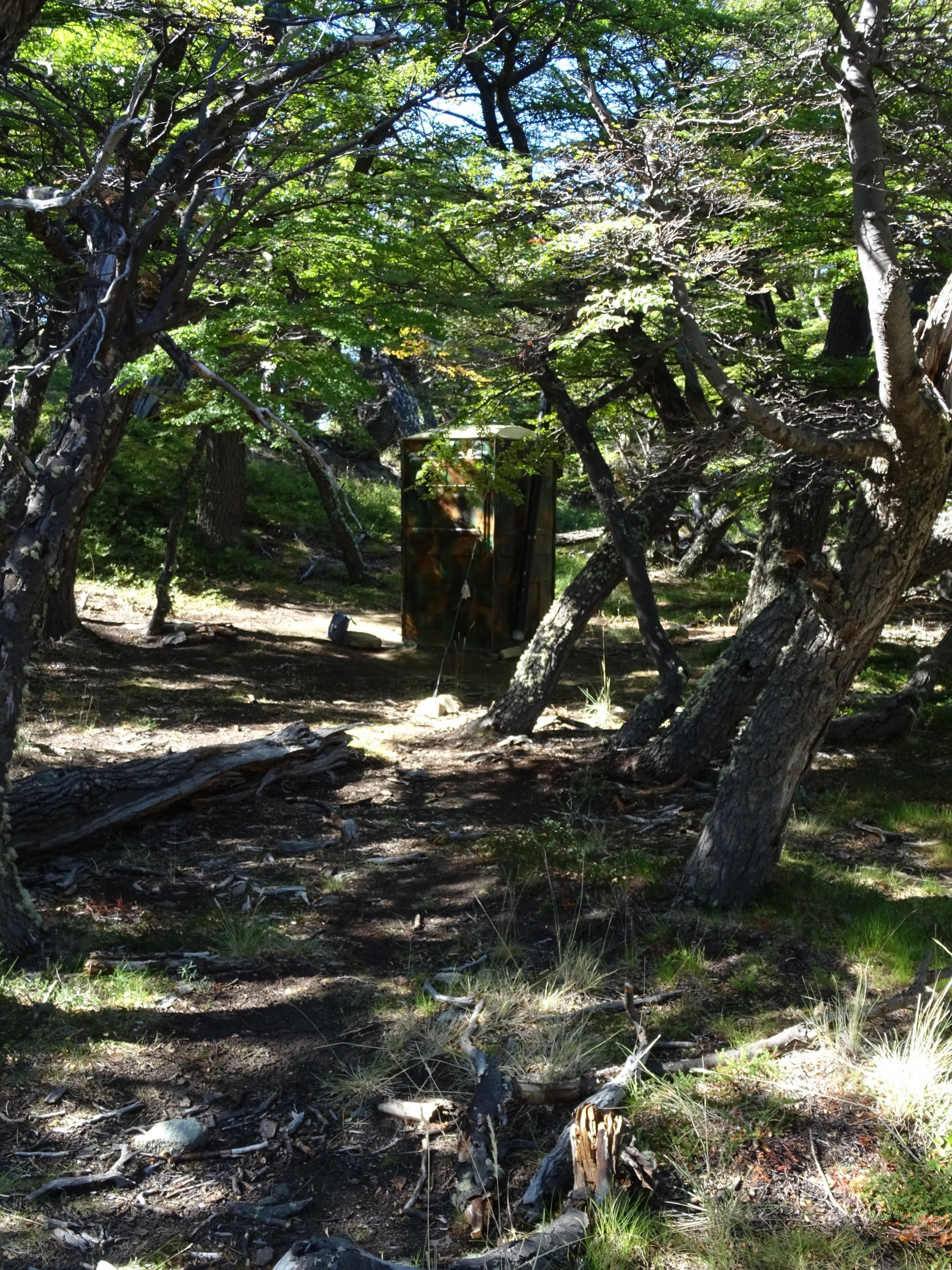
There are many signs in the national park telling you to use the toilets, not nature. Why then, would try to hide the toilets?
A good couple of hours was spent in Esquel, the drivers having decided to take the gearstick apart to fix it, and not being able to put it together again. A cama bus from our company pulled up soon after, and we though we might be transferred, or as it was evening, be told we had enough time to get food. That would be far too informative though.
Two hours of messing about later, hungry and tired, we were transferred to the cama bus (its passengers having been forced to wait too) and we were off once more. It was gone midnight by the time we arrived in Bariloche. Hungry and tired.




